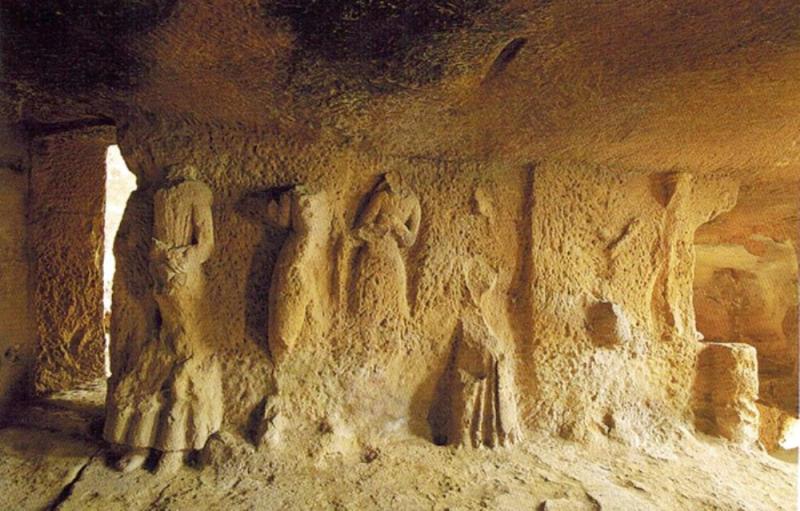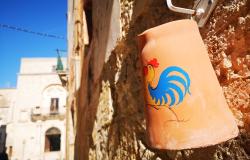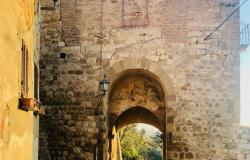Secret Pienza: The Hermits’ Cave
ITA:

Use player to listen to Italian version
Enveloped in a mystic aura, a little-known rocky site lies just a few minutes from the world-famous center of Pienza, the ideal city of the Renaissance: it’s the Romitorio, which, for centuries, was home to hermits.
Via Santa Caterina, a panoramic dirt road affording views over the Unesco-inscribed Val d’Orcia, leads to the Romitorio. The entrance is below the 17th century Church of Santa Caterina, and is accessed by descending a series of stone steps and a narrow passage between rocky walls.
What at first sight looks like a simple cave guards a number of interesting details which hint at its function as a hermitage place. There are remains of paving, large holes in the wall, which perhaps sustained beams, and room for two rudimentary cisterns to collect water.
Then begins a maze of different rooms. There’s a small cell, used maybe during the cold season; a chapel carved into the rock with traces of an altar and a fresco, looking like a miniature church.
A narrow passage leads into the mystic heart of the Romitorio, the so-called Sculptures Room, where there are mysterious figures which were sculpted into the walls between the 12th and 13th centuries. It’s not possible to say for sure who they represent: they are without head, only their bodies can be seen. The first figure could be the Madonna. On another wall, four female figures wearing long vests may represent the Pious Women, with reference to the Passion of Christ, according to a theory that says that the Romitorio would be one of the very first representations of the Holy Sepulchre. This practice was common in medieval times, when such replicas could be found especially near roads that led to the Holy Land. The Via Francigena, an ancient pilgrim route, passes nearby.
Avvolto in un'aura mistica, a pochi minuti dal famoso centro di Pienza, la città ideale del Rinascimento, si trova un sito rupestre poco noto: è il Romitorio, che per secoli è stato dimora di eremiti.
Via Santa Caterina, una panoramica strada sterrata con vista sulla Val d'Orcia, patrimonio Unesco, conduce al Romitorio. L'ingresso è sotto la seicentesca Chiesa di Santa Caterina e vi si accede scendendo una serie di gradini in pietra e attraverso uno stretto passaggio nella roccia.
Quella che a prima vista sembra una semplice grotta rivela una serie di dettagli interessanti che suggeriscono la sua funzione di eremo. Ci sono resti di pavimentazione, grandi fori nel muro che forse sostenevano travi, e spazio per due cisterne rudimentali per raccogliere l'acqua.
Poi inizia un labirinto di varie stanze. C'è una piccola cella, usata forse durante la stagione fredda; una cappella scavata nella roccia con tracce di un altare e di un affresco, simile a una chiesa in miniatura.
Uno stretto passaggio conduce nel cuore mistico del Romitorio, la cosiddetta Sala delle Sculture, dove vi sono figure misteriose scolpite nelle pareti tra il XII e il XIII secolo. Non è possibile dire con certezza chi rappresentino: sono senza testa, ne rimangono solo i corpi. La prima figura potrebbe essere la Madonna. Su un altro muro, quattro figure femminili con lunghe vesti potrebbero rappresentare le Donne Pie, in riferimento alla Passione di Cristo, secondo una teoria il Romitorio sarebbe una delle prime rappresentazioni del Santo Sepolcro. Questa pratica era comune in epoca medievale, quando tali repliche si trovavano soprattutto vicino alle strade che conducevano alla Terra Santa. La Via Francigena, antica via di pellegrinaggio, passa nelle vicinanze.











